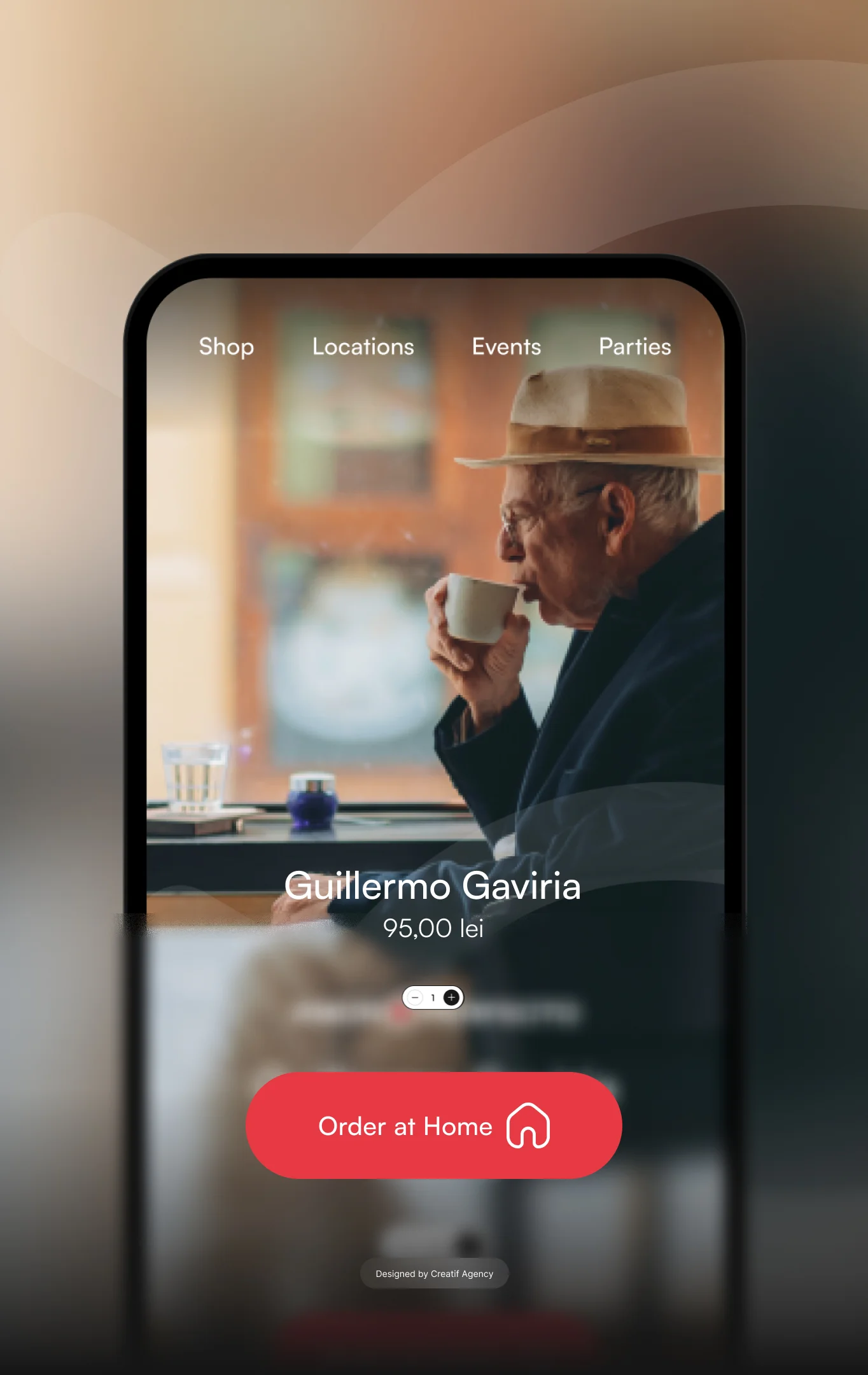CGI Ads vs. Traditional Ads: Why CGI Marketing is the Game-Changer

CGI marketing has revolutionized advertising by offering brands an unparalleled level of creativity and engagement. This article explores the differences between CGI ads and traditional ads, highlighting why CGI is quickly becoming the preferred choice for modern businesses.
What are CGI Ads?
CGI (Computer-Generated Imagery) ads are advertisements that use 3D animation and computer graphics to create visually striking content. Unlike traditional ads, which rely on live-action footage or still images, CGI ads allow for complete creative freedom. Brands can design any scenario, environment, or character they envision, making CGI a powerful tool for storytelling and audience engagement.
Traditional Ads: The Tried and True Approach
Traditional ads have been the backbone of marketing for decades. These include print ads, TV commercials, radio spots, and billboards. Traditional advertising has a proven track record of reaching broad audiences and driving brand awareness. However, it comes with limitations, such as high production costs, limited creative scope, and the challenge of standing out in a crowded market.
The Advantages of CGI Ads Over Traditional Ads

1. Creative Freedom
CGI ads offer limitless creative possibilities. Brands can create anything from photorealistic products to fantastical worlds, all without the constraints of physical reality. This creative freedom allows businesses to craft unique and memorable campaigns that resonate with their target audiences. For example, imagine bringing a brand mascot to life in a fully animated 3D environment, something that would be difficult or impossible with traditional advertising methods.
2. Cost-Effectiveness
While CGI ads can be expensive to produce initially, they often prove more cost-effective in the long run. Traditional ads typically require location scouting, actors, set design, and extensive post-production work. In contrast, CGI ads eliminate many of these costs by creating everything digitally. Additionally, once CGI assets are created, they can be reused and adapted for different campaigns, providing ongoing value.
3. Engagement and Interactivity
CGI ads are more engaging than traditional ads due to their dynamic visuals and interactive capabilities. Modern consumers are drawn to content that is immersive and visually stimulating. CGI allows for the creation of interactive ads, such as augmented reality (AR) experiences, that invite users to engage directly with the brand. This level of engagement is difficult to achieve with traditional media.
4. Adaptability and Versatility
CGI ads are incredibly versatile and can be adapted across various platforms, from social media to TV commercials. Whether it’s a quick GIF on Instagram or a detailed explainer video on a website, CGI content can be easily scaled and tailored to fit different channels. Traditional ads, on the other hand, often require entirely new productions to adapt to different formats, which can be costly and time-consuming.
5. Real-Time Customization
One of the most exciting advantages of CGI marketing is the ability to customize content in real-time. Using CGI, brands can create personalized ads that adjust based on user data, such as location, preferences, or behavior. This level of personalization is much harder to achieve with traditional ads, which are typically static and one-size-fits-all.
Ready to transform your advertising strategy with CGI? Discover how we can help you create unforgettable CGI ads that resonate with your audience and drive results. Explore our services and see how we can bring your brand vision to life.
The Drawbacks of Traditional Ads in the Modern Market
While traditional advertising methods are still effective, they come with significant drawbacks in today’s digital landscape.
- Limited Reach: Traditional ads often have a more limited reach compared to digital channels, especially when targeting younger demographics who consume most of their content online.
- High Costs: The production and placement of traditional ads, especially TV commercials and billboards, can be prohibitively expensive for small businesses.
- Lack of Engagement: Traditional ads are generally passive forms of advertising, which means they don’t encourage active engagement from the audience. In contrast, CGI ads can be interactive and immersive, driving higher engagement rates.
Real-World Success Stories of CGI Marketing
Numerous brands have successfully leveraged CGI marketing to enhance their campaigns. For example:
- IKEA’s “The Nightclub” Campaign: IKEA used CGI to create a fully animated nightclub scene, showcasing their products in an engaging and unexpected way. This campaign stood out due to its unique approach and high-quality visuals, making it memorable for consumers.
- Adidas’ “Create the Answer” Campaign: Adidas used CGI to create a dynamic, fast-paced ad featuring its sportswear products. The ad’s seamless blend of live-action and CGI allowed for a more engaging and visually stunning presentation.
These examples demonstrate the effectiveness of CGI in creating compelling and innovative advertisements that capture attention and drive consumer interest.
Conclusion
CGI ads offer a new frontier in advertising, providing brands with unparalleled creative freedom, cost-effectiveness, and engagement potential. As traditional advertising methods face challenges in the digital age, CGI marketing emerges as a powerful alternative that can help businesses stand out in a crowded market.










